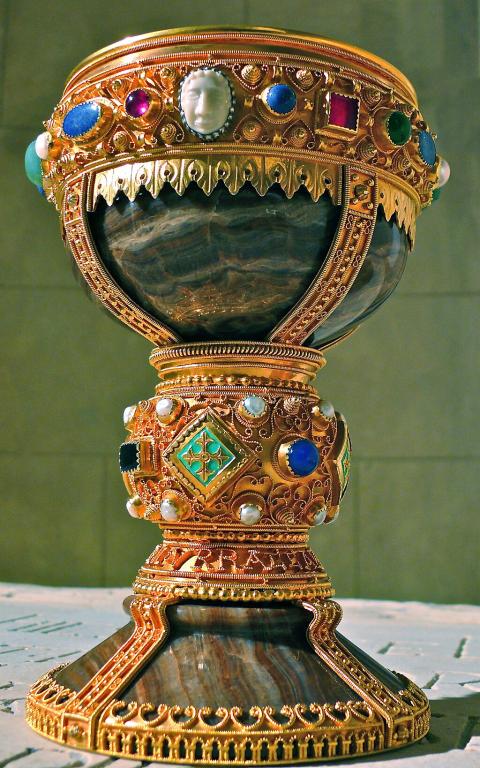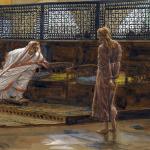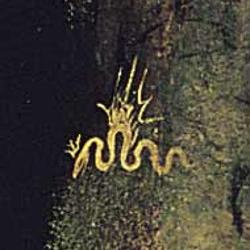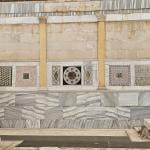The quest to find the Holy Grail, the cup that Christ used in His last supper, has been the subject of stories from the time of the Middle Ages to contemporary Hollywood, from the knights of King Arthur’s Round Table to Indiana Jones. Strangely, though, there has been little attention to the texts that describe finding the Grail, which point to what the legend actually means.
Last summer, CNN Travel published a long article by Julia Buckley entitled They all say they’ve got the Holy Grail. So who’s right? It turns out that real people, not just fictional characters, have long gone on quests to find the Grail. The author says that throughout Europe there are some 200 cups that different churches claim to be grails.
Buckley discusses some of those sites, explains the history and the theology behind the veneration of relics, and surveys the Grail legend as it appears in literature and the movies. She even tells about an artifact in a Spanish museum that some scholars think actually could be cup that Jesus used.
The “chalice of Doña Urraca” is an onyx cup encase in gold and decorated with gems (see photo above). Two medieval history professors were tracing the provenance–the history of the ownership of a work of art–of the collection of the Léon Basilica’s museum. To their surprise, this particular chalice was sent to Spain from Egypt as a gift that was thought might bring healing to the Spanish king. They then found that the chalice came to Egypt from Jerusalem, with the records stating that it came from a small church on the outskirts of the city and that it was the cup that Jesus used in the Last Supper. Scholars dated the cup to the first century. Princess Urraca, the daughter of King Ferdinand I, melted down her jewelry to adorn the cup.
Buckley interviews one of the scholars who did the research, Prof. Margarita Torres, who said that while she cannot prove that the cup belonged to Jesus, she says that she can say with some certainty that this cup was the one venerated in Jerusalem as the Grail from the fourth through the eleventh century.
At any rate, says Buckley, the persistence of the Grail quests in their various forms suggests their imaginative and symbolic significance.
One thing’s for certain – the Holy Grail is embedded deep into our collective imagination. The idea of a quest is a constant theme in literature, art and movies, while we routinely refer to what would be our ultimate goals – but usually lie tantalizingly out of sight – as the “holy grail.” Major medical breakthroughs are often called the “holy grail” for the disease in question.
The search for the Grail evidently expresses some deep yearning that resides deep in the human heart. But what does it mean?
I think the answer can be found in the texts that describe what the quester discovers upon finding the Grail. In Sir Thomas Malory’s Le Morte D’Arthur, which draws on many earlier sources, after a long and painful quest, Sir Galahad and his companions Sir Bors and Sir Percival, finally discover what they have been looking for. They come into a chamber where there is a table adorned with candles, presided over by a Bishop whom they learn is Joseph of Arimathea. From Book XVII, Chapter XXII (my bolds and bracketed definitions):
And then the bishop made semblaunt [appearance] as though he would have gone to the sacring [consecration] of the mass. And then he took an ubblie [wafer] which was made in likeness of bread. And at the lifting up there came a figure in likeness of a child, and the visage was as red and as bright as any fire, and smote himself into the bread, so that they all saw it that the bread was formed of a fleshly man; and then he put it into the Holy Vessel again, and then he did that longed to a priest to do to a mass. And then he went to Galahad and kissed him, and bade him go and kiss his fellows: and so he did anon. Now, said he, servants of Jesu Christ, ye shall be fed afore this table with sweet meats that never knights tasted. And when he had said, he vanished away. And they set them at the table in great dread, and made their prayers.
Then looked they and saw a man come out of the Holy Vessel, that had all the signs of the passion of Jesu Christ, bleeding all openly, and said: My knights, and my servants, and my true children, which be come out of deadly life into spiritual life, I will now no longer hide me from you, but ye shall see now a part of my secrets and of my hidden things: now hold and receive the high meat which ye have so much desired. Then took he himself the Holy Vessel and came to Galahad; and he kneeled down, and there he received his Saviour, and after him so received all his fellows; and they thought it so sweet that it was marvellous to tell.
That is to say, Galahad and his companions received Holy Communion! They found the real presence of Christ in the bread and wine! And then Christ Himself serves them from His cup! He is no longer hidden from them! They receive the food–His body broken for us and His blood poured out for the remission of our sins–that they “have so much desired”! Whereupon Galahad, along with the others, “received his Savior”! He is what “ye have so much desired”!
The cup of Holy Communion is the chalice of Christ’s blood. So to fulfill your quest for the Holy Grail, simply go to church, take Holy Communion, and receive Christ.
Photo: Chalice of Doña Urraca by Locutus Borg (José-Manuel Benito Álvarez), CC BY-SA 3.0 <https://creativecommons.org/licenses/by-sa/3.0>, via Wikimedia Commons














